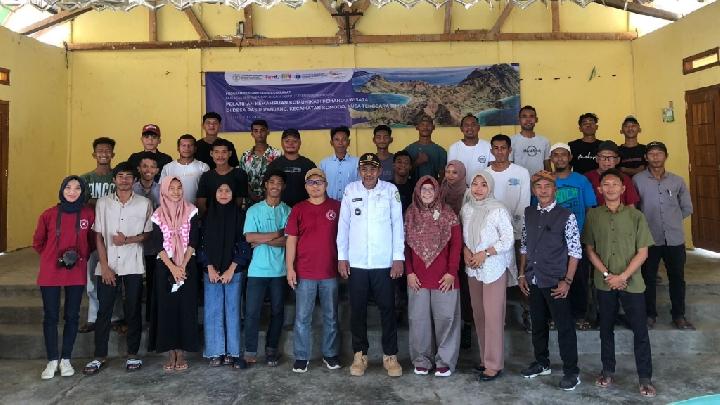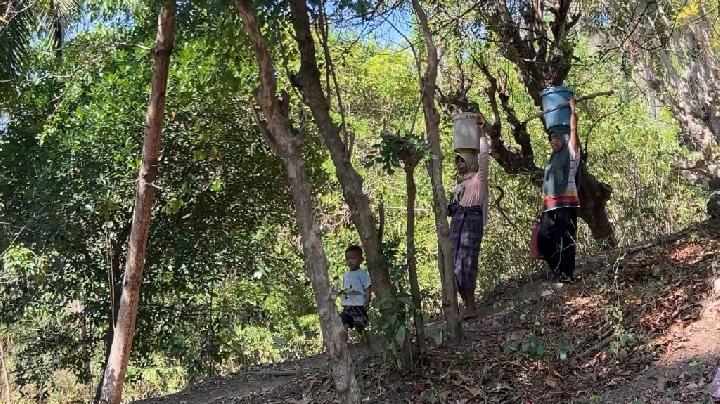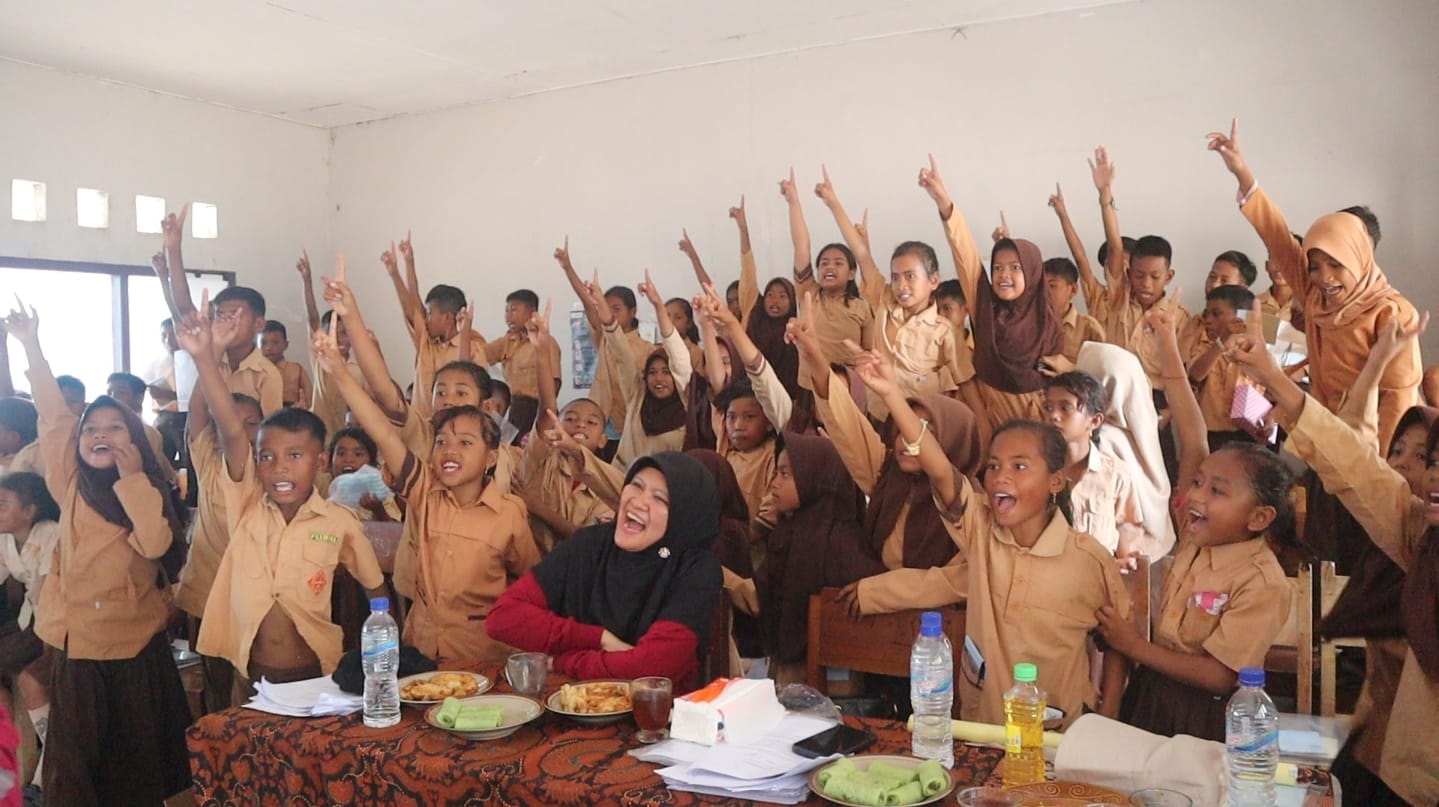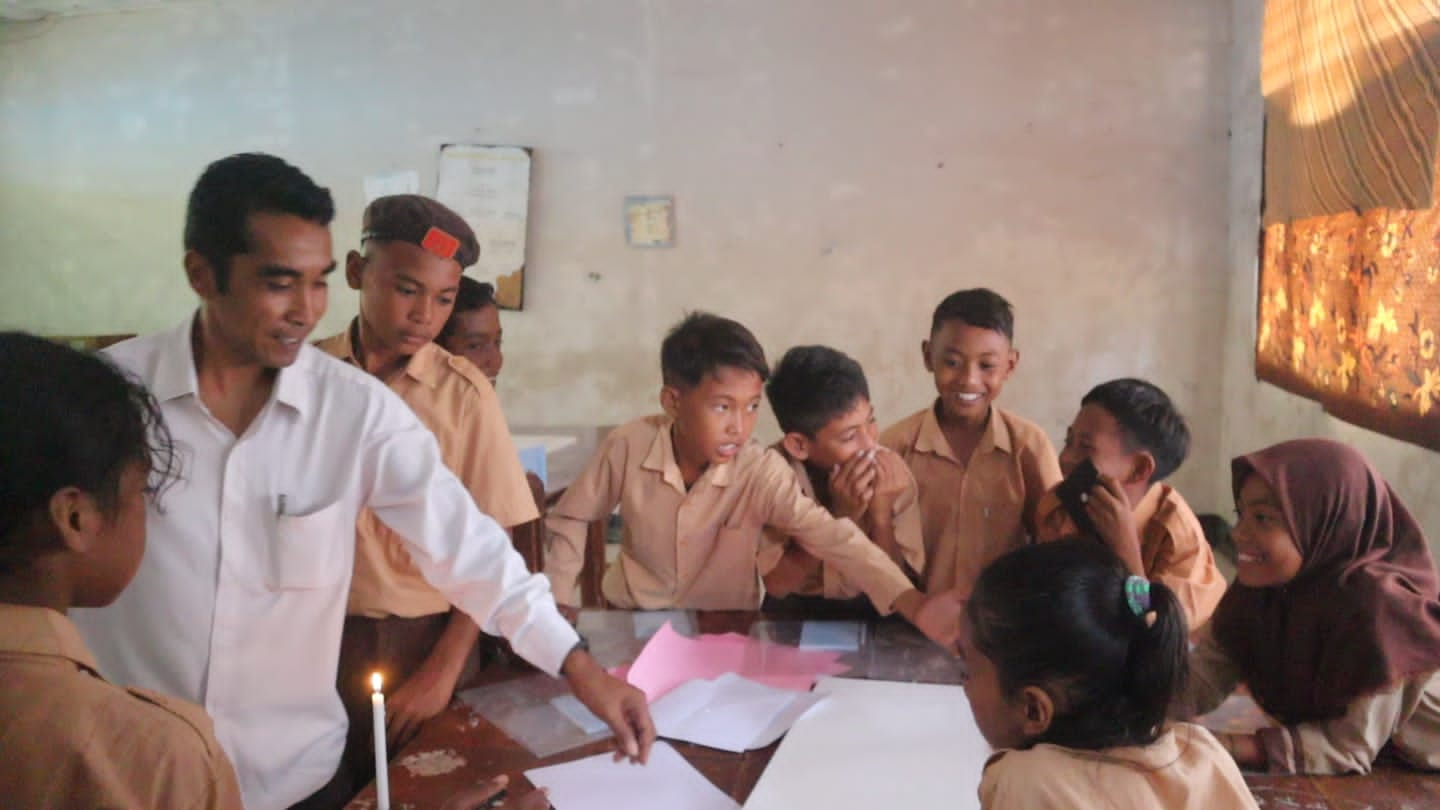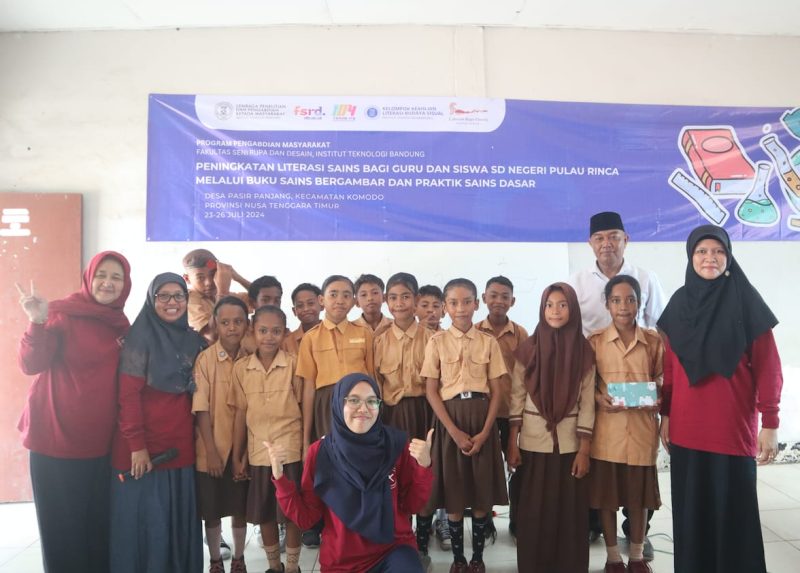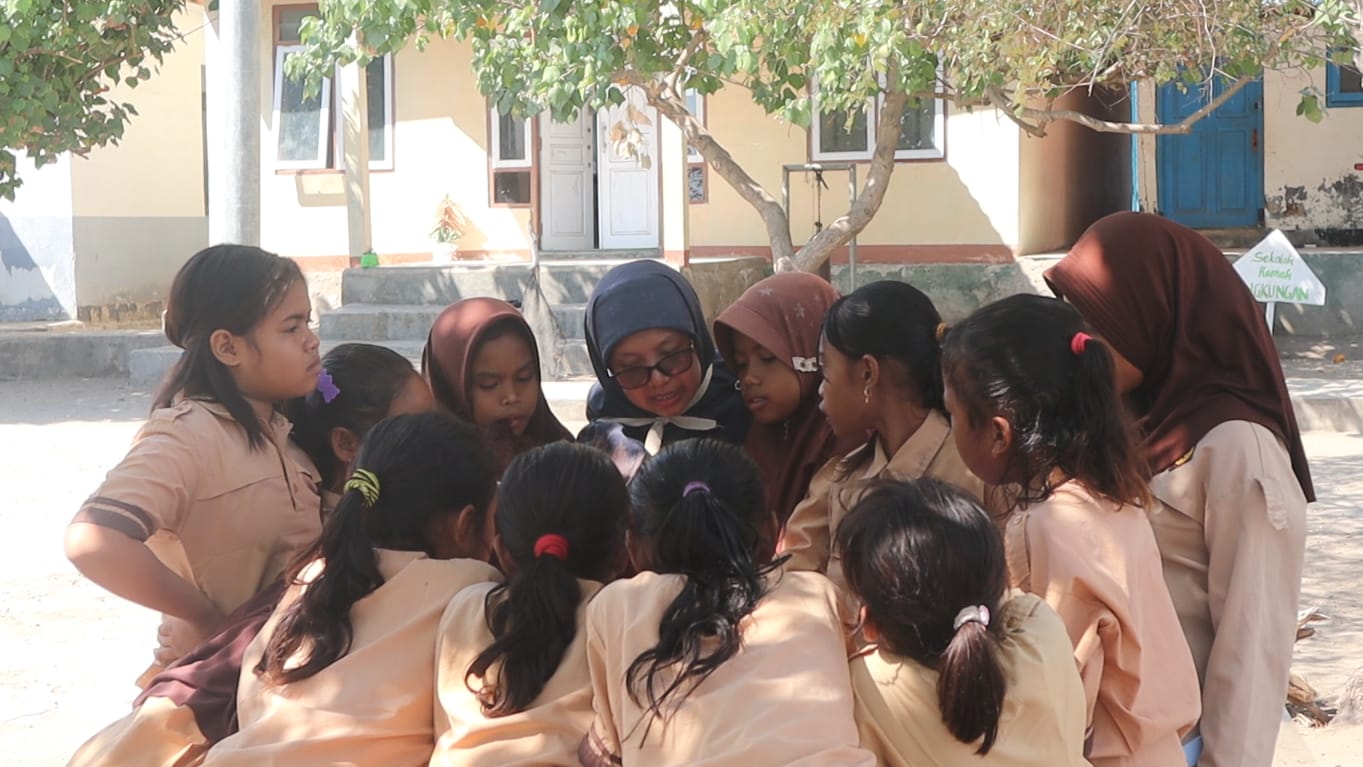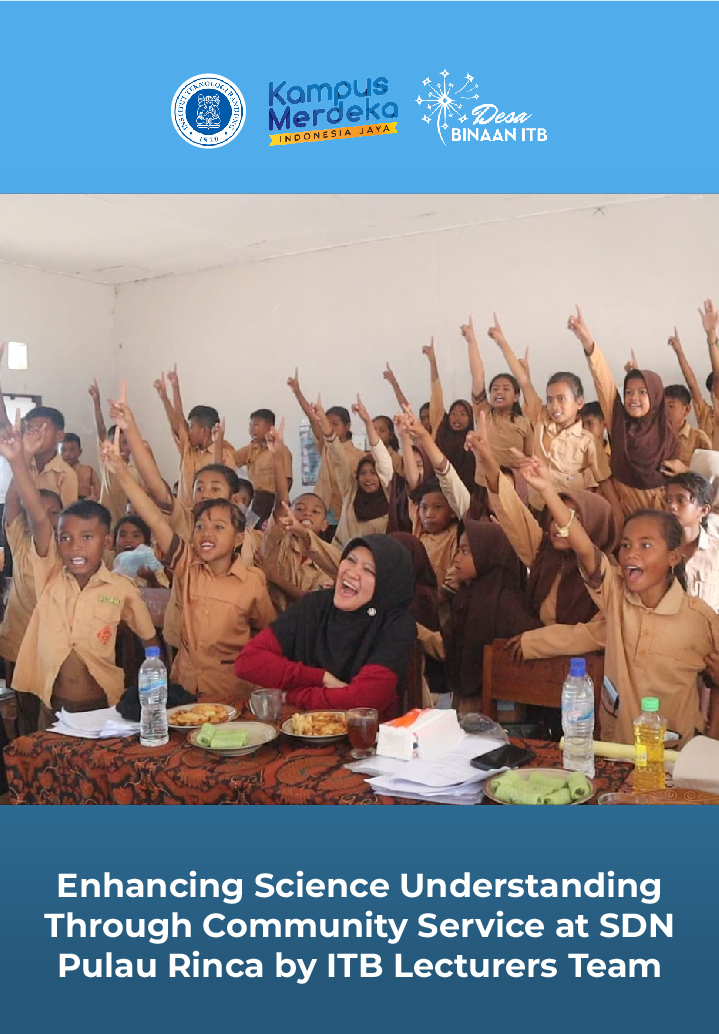

In a recent effort to enhance scientific literacy among students, a team of lecturers from the Bandung Institute of Technology (ITB) conducted an outreach program at SDN 1 Pulau Rinca, East Nusa Tenggara, Indonesia, from July 23-25, 2024. Pulau Rinca, a popular tourist destination known for being a habitat of Komodo dragons, is home to a single elementary school with 13 teachers and 170 students. The island's inhabitants, around 1,000 people, live in close proximity to the Komodo dragons, with only a zinc fence separating the school from these reptiles.
The limited access to scientific resources and knowledge is evident at SDN 1 Pulau Rinca, where the school lacks a science laboratory and the students have only been exposed to science through government-issued textbooks. This situation highlights a broader educational disparity in Indonesia, as the students have never experienced hands-on science experiments. The lack of reading materials and educational resources has led to some level of illiteracy among the island's residents, further exacerbating the educational challenges faced by the community.
The ITB team, consisting of lecturers from the Visual Culture Literacy Research Group of the Faculty of Art and Design (FSRD), the Physics Department of the Faculty of Mathematics and Natural Sciences (FMIPA), and the Visual Communication Design Department, aimed to address these challenges by introducing an engaging science curriculum. The team, which included Dr. Tri Sulistyaningtyas, M.Hum., Yani Suryani, M.Hum., Sira Kamila, M.Hum., Prof. Dr. Fatimah Arofiati Noor, Arkananta Rasendriya, S.Si., and Yulia Mifftah Huljanah, S.Si., received a warm welcome from the school's principal, Muhammad Tayeb, S.Pd. He expressed gratitude for their visit, stating, "We are grateful for the presence of the ITB lecturers from Bandung. The delivery of science material through interactive games is very enjoyable and much needed by the children."
The outreach program focused on hands-on science experiments, particularly on the topic of light from a physics perspective. Students were introduced to various sources of light, such as the sun, candles, and lamps, and learned about the fundamental properties of light. They explored concepts like the straight-line propagation of light, light's ability to penetrate transparent objects, refraction, and reflection.
The experiments were divided into six stations, each led by a member of the ITB team and supported by the school's teachers. At each station, students participated in different experiments that demonstrated various properties of light using simple materials like lenses, lasers, flashlights, paper, clear glasses, mirrors, and everyday items such as cooking oil, soy sauce, sugar, and salt. These activities not only helped the students understand scientific phenomena but also made learning enjoyable through group activities, fostering teamwork among the students.
For instance, in one experiment, students used a laser and paper to observe the straight-line propagation of light. Another experiment demonstrated how light penetrates transparent materials but not opaque ones, using a clear glass of water, a glass with water mixed with different substances, and a glass filled with soy sauce. The students also observed the refraction of light by placing a pencil in a clear glass of water and noting how it appeared bent. They explored the reflection of light using mirrors and learned about the formation of images through lenses and mirrors.
The program concluded with a quiz, where students eagerly answered questions posed by the outreach team, showcasing their enthusiasm and understanding of the material presented. This initiative was not only an effort to enhance the scientific literacy of the students but also a tangible contribution by ITB to improve the quality of education on Pulau Rinca, a region with limited educational resources.
The program aimed to spark an interest in science among the students and encourage them to continue exploring and learning. It was a vital step towards ensuring that all students, regardless of their geographic location, have equal access to quality education and the opportunity to develop their scientific literacy.
